To provide you with the best treatment and deliver high-quality care tailored to your needs, here are my main therapeutic tools, used individually or in combination for optimal results.
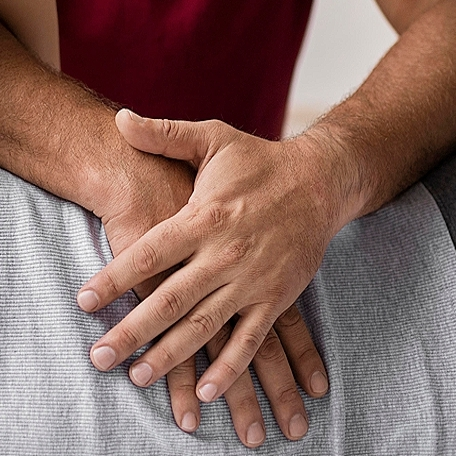
Precise and rapid adjustments applied to a joint, sometimes accompanied by a slight "cracking" sound. This technique improves mobility and relieves pain.
HVLA (High Velocity Low Amplitude) manipulations involve quick, controlled movements applied to a joint, always within its physiological range of motion. This technique aims to reduce pain and improve mobility by addressing movement restrictions. A popping sound may sometimes be heard due to joint cavitation, but it is not necessary for the treatment to be effective. The benefits are linked to neurophysiological effects and pain modulation.
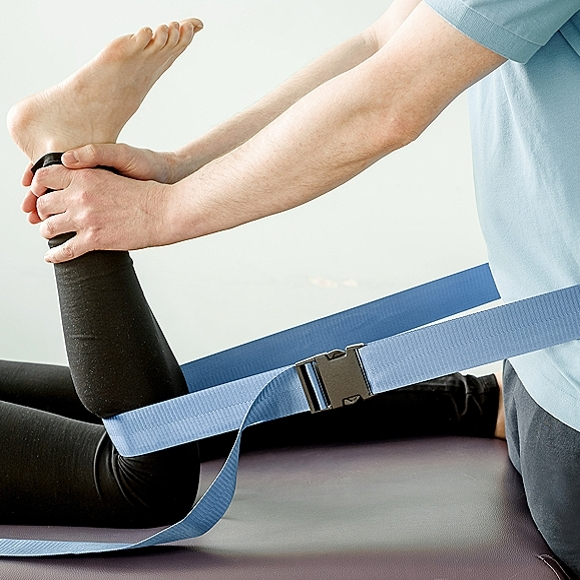
Two well-established approaches in manual therapy that combine gentle, progressive mobilisations, always respecting your body, to restore mobility and reduce pain, promoting smooth, unrestricted movement.
The Mulligan® concept combines a gentle joint glide performed by the therapist while you actively perform the problematic movement. This active collaboration helps reduce pain and restore joint range of motion according to the PILL principle (Pain-free, Immediate effect, Long-lasting effect).
The Maitland® Concept involves gentle, passive, progressive oscillatory movements that are continuously adjusted based on your feedback. This ongoing dialogue ensures the treatment stays within your comfort zone while remaining therapeutically effective.
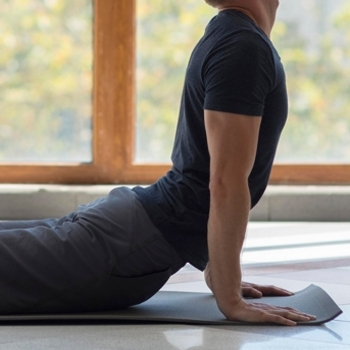
The McKenzie® method is a specialised approach designed to treat back pain, particularly lower back pain and disc issues such as herniated or bulging discs. It is based on guided self-treatment: you learn targeted exercises to "centralise" your pain, — moving it back toward the lower back when it radiates into the leg, which indicates improvement. This approach empowers you with the autonomy to manage your symptoms independently and prevent futur flare-ups.
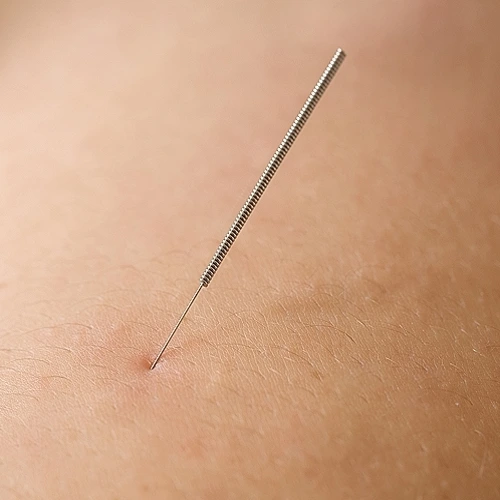
Dry Needling is a modern technique that uses fine needles (without injection). These needles target tense muscle areas called trigger points, responsible for local or referred pain elsewhere in the body. When a needle reaches one of these muscle "knots", an involuntary muscle twitch occurs, indicating that the problematic area has been successfully released. This therapy effectively reduces deep muscle tension and alleviates pain, originating from the muscles.
Superficial Dry Needling (Fasciatherapy) is an innovative technique inspired by acupuncture but applied with Western physiotherapy principles. This techcnique uses ultra-fine needles inserted gently just below the skin in a painless manner. It targets the fascia (the connective tissue surrounding muscles) to improve microcirculation and modulate pain through neurophysiological responses, promoting tissue health and comfort.
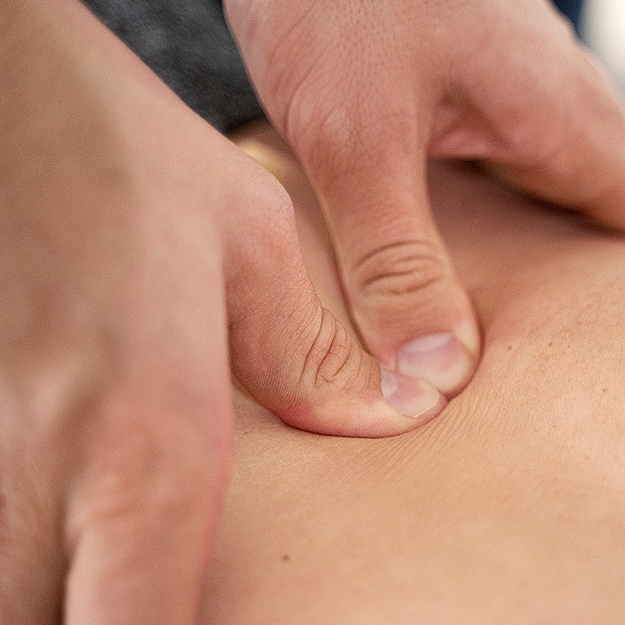
An effective alternative to needles for releasing muscle knots.
Targeted and precise pressure on trigger points releases tightness and relieves pain that radiates to other areas. This technique improves local circulation and provides relief, ideal for those who prefer to avoid needles.
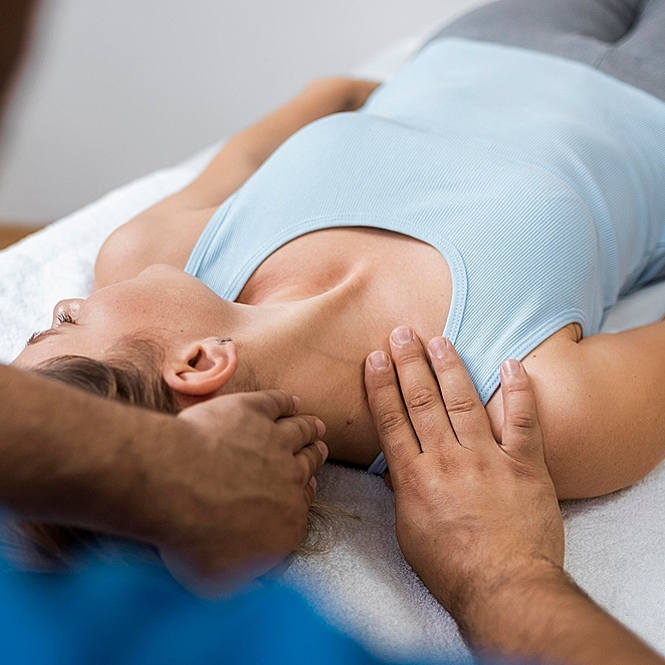
Gentle active techniques where your voluntary participation helps naturally release muscle tension.
They involve contract-relax sequences, progressively increasing mobility while relieving tension.
A collaborative approach that respects your pace and maximises results.
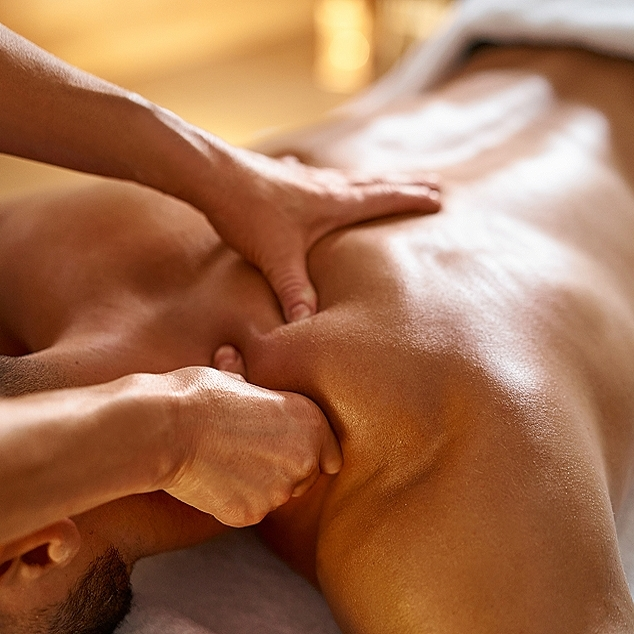
Sports therapeutic massage goes beyond simple relaxation. It softens tissues, reduces tension, stiffness, and soreness. By promoting the removal of metabolic waste, it accelerates muscle recovery and supports tissue repair.
This deep work stimulates circulation, relieves muscle pain, and provides well-being.
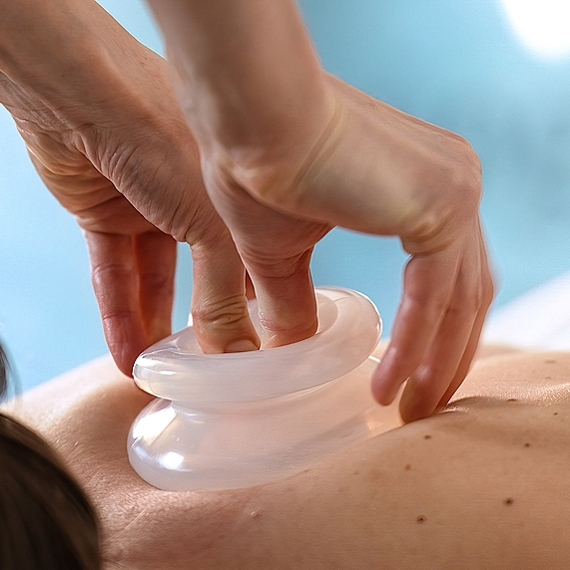
IASTM (Instrument Assisted Soft Tissue Mobilisation) refers to techniques using specialised tools to gently release tissue stiffness and adhesions: using hooks to break down adhesions between muscles, cupping massage to act on those beneath the skin, scraping to harmonise subcutaneous sliding planes, and the massage gun to deeply stimulate tissues through vibrations.
Together, these innovative approaches relieve pain, increase fascia flexibility, and enhance smooth, effortless movement.
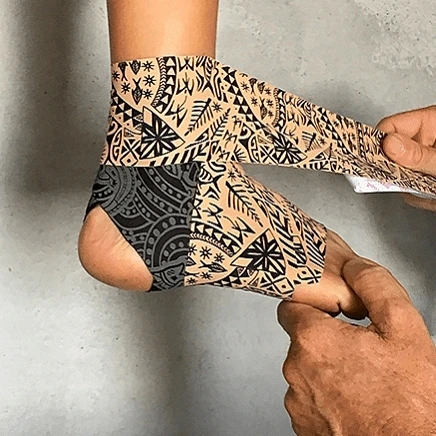
A revolutionary therapeutic elastic tape that differs from traditional kinesiology tapes by its ability to stretch up to 200% in all directions. It acts as an "elastic shock absorber."
Particularly effective for acute tendinitis and sprains, the Dynamic Tape directly offloads tendons and ligaments by absorbing mechanical stresses.
It also helps reduce muscle hyperactivity through its biomechanical facilitation effect.
This unique ability to support fragile structures while preserving function makes it a preferred therapeutic tool for active recovery.

Neurodynamics is a therapeutic approach that mobilises the peripheral nervous system to treat nerve compressions (sciatica, carpal tunnel syndrome, etc.) and effectively relieve nerve-related pain. This discipline uses precise sliding (sliders) and tensioning (tensioners) techniques to normalise nerve function by restoring their mechanical mobility, blood flow, and return to normal sensitivity.
It is the gold-standard treatment for nerve dysfunctions responsible for the characteristic tingling, numbness, and “electric” pain sensations.
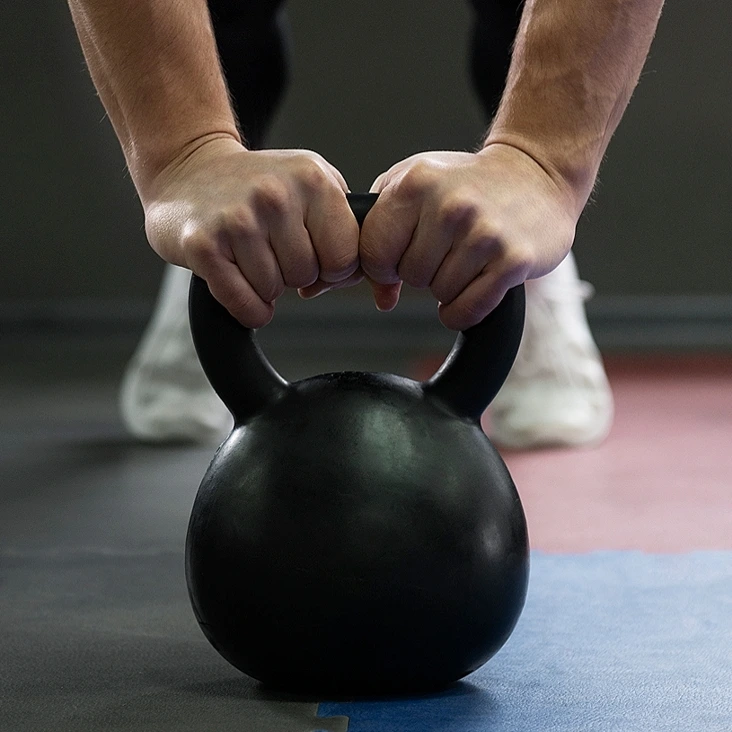
Tailored exercises (strengthening, mobility, posture, motor control) designed specifically for your needs. While manual techniques provide effective short-term relief, exercises enable your body to gradually adapt, build lasting strength, and reduce pain. They are essential for preventing recurrence.
Active rehabilitation equips your body with the necessary tools to regain and maintain balance, protecting you in the long term.
Understand to heal better. I explain the origin of your problem in clear, simple terms and provide you with the tools to actively participate in your recovery.
Practical advice and simple explanations for informed self-care.
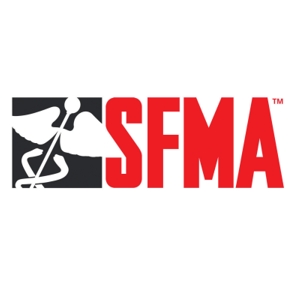
A comprehensive and thorough evaluation of your movement patterns, allowing precise identification of imbalances and dysfunctions causing your musculoskeletal pain. Unlike a simple symptom-based examination, this method analyses the quality of fundamental movements to determine whether the root cause stems from a mobility, stability, or motor control issue.
Thanks to this approach, your treatment is personalised and targeted, based on a clear understanding of the true sources of your pain, including those that may seem distant from the painful area. The SFMA® incorporates modern concepts of motor control and regional interdependence between different areas of the body, ensuring a comprehensive and effective care plan.
This assessment is especially suited for athletes experiencing unexplained limitations, individuals with intermittent unexplained pain, those who suffer recurrent injuries in the same area, as well as anyone dealing with musculoskeletal pain of unidentified origin.
By choosing the SFMA® assessment, you benefit from advanced expertise that guides you toward lasting recovery, improves your mobility, reduces your pain, and helps you regain natural, fluid, and unrestricted movement.
Investing in an SFMA® assessment means choosing a premium diagnostic approach for lasting well-being and an improved quality of life.